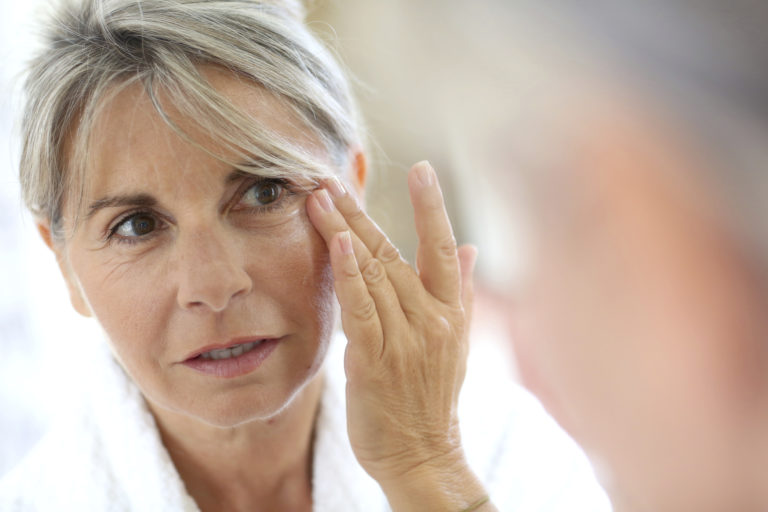Eyelid surgery, also known as blepharoplasty, is a surgical procedure that removes excess skin and wrinkles from the lower eyelids, and fatty deposits that cause puffiness from the upper eyelids. It eliminates bags and dark circles under the eyes, and corrects droopiness of the lower eyelids.

The best candidates for eyelid surgery are individuals in good health who have realistic expectations about the outcome. They are usually at least 35 years old and nonsmokers.
A typical eyelid surgery, one that works on both the upper and lower eyelids, takes about two hours. You’ll receive a local anesthetic and either oral or intravenous sedation.
- Upper eyelid surgery is usually performed first; incisions are made along the natural folds of the eyelids and the skin is separated so that excess fat, tissue and muscle can be removed.
- For the lower eyelids, an incision is usually made just below the lashes and excess fatty deposits are removed. In some cases, laser resurfacing may be recommended.
While eyelid surgery is a common procedure that thousands of people undergo every year without problems, there is always some risk involved with surgery. Possible complications include infection, hematoma, scarring, allergic reactions, an inability to completely close the eyes, loss of vision and dryness or irritation in the eyes. You’ll likely experience some swelling or bruising and may experience blurry vision and a sensitivity to light.
Results are usually long lasting, although continued aging can make forehead skin sag, resulting in the appearance of droopy eyelids again over time. Some patients choose additional surgery on the upper eyelids after a number of years. Repeat surgery on the lower eyelids is rarely necessary.
Call Ear Nose Throat & Allergy Associates Puyallup at (253) 770-9000 for more information or to schedule an appointment.
